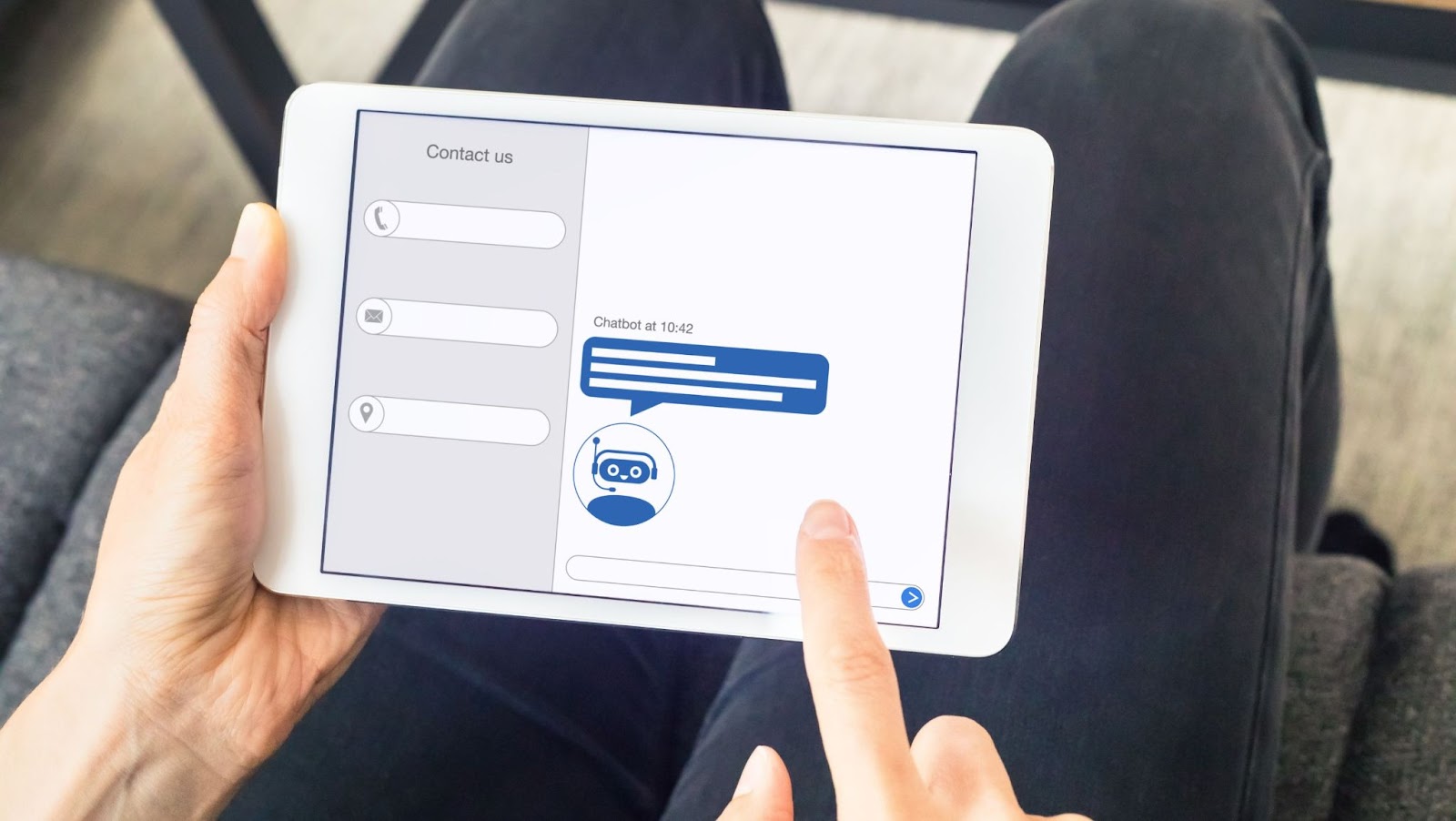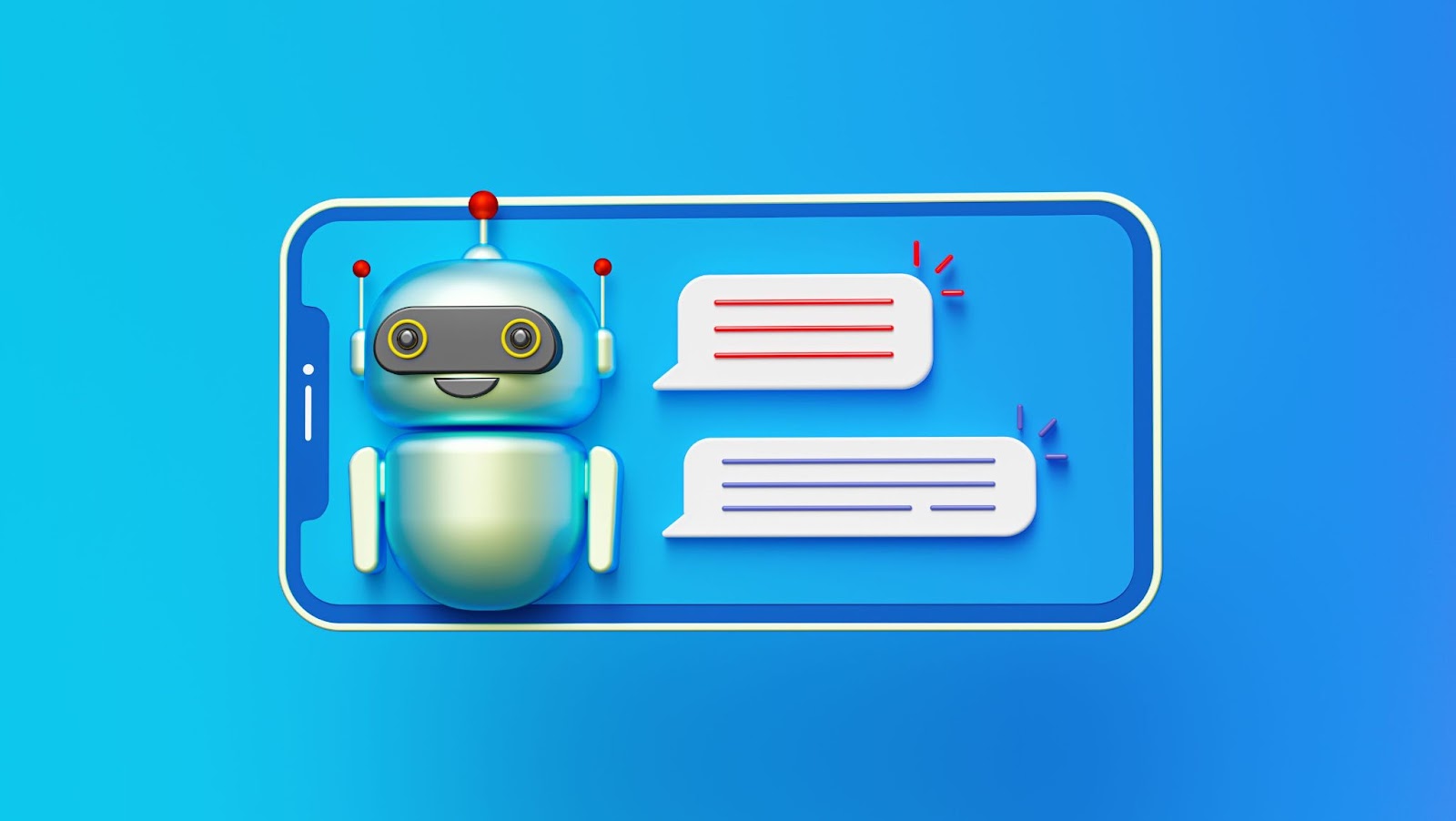The integration of an AI voice chatbot into your existing system can revolutionize how businesses engage with customers in the age of artificial intelligence (AI). Companies across various sectors are utilizing AI-powered tools to streamline operations and enhance customer experience, allowing them to handle more queries while minimizing response times.
Here are step-by-step instructions on how to ensure seamless integration of an AI voice chatbot into your customer support system.

Why AI Voice Chatbots are Essential for Modern Customer Support
Today’s customers expect instant responses, 24/7 availability, and personalized assistance. Traditional customer support systems may not always be equipped to meet these demands effectively. Customer service with AI voice chatbots, powered by natural language processing (NLP) and machine learning algorithms, provide a scalable solution by:
- Enhancing response speed: Voice chatbots can handle multiple queries simultaneously, reducing wait times for customers.
- Improving accuracy: With machine learning, chatbots can continuously improve their responses, becoming more effective over time.
- Reducing operational costs: Automating common queries allows human agents to focus on more complex issues, saving time and resources.
Step 1: Evaluate Your Current Customer Support System
Before integrating an AI voice chatbot, it’s critical to assess your existing support system. Identify pain points where human agents are overwhelmed, and where automation could provide the most benefit. Consider areas such as:
- Frequently asked questions (FAQs)
- Call handling and routing issues
- Support during non-business hours
- Customer onboarding and product tutorials
Understanding these areas will help you design a chatbot that complements your system rather than disrupting it. Moreover, the demand for AI chatbots is rapidly increasing.
According to Grand View Research, the global chatbot market size was estimated at USD 5,132.8 million in 2022 and is expected to grow at a compound annual growth rate (CAGR) of 23.3% from 2023 to 2030.
This demonstrates the growing importance of chatbot integration as businesses increasingly rely on AI-powered solutions to enhance customer support.
Step 2: Choose the Right AI Voice Chatbot Platform
There are several AI chatbot platforms available, but not all are suited for voice interactions. When selecting a platform, keep in mind the following factors:
- Natural language processing (NLP) capabilities: The bot should understand and process human language effectively.
- Integration potential: Choose a platform that easily integrates with your current CRM, help desk software, or other third-party tools.
- Scalability: As your business grows, the chatbot should adapt to handle more complex queries and larger volumes.
- Multi-channel support: The bot should work across multiple channels, such as phone, web, and mobile apps, to provide a unified experience.
Popular AI voice chatbot platforms include Google Dialogflow, Amazon Lex, and IBM Watson Assistant. These platforms offer strong NLP and voice processing capabilities, allowing seamless integration with existing systems.
Step 3: Define the Use Cases for Your AI Voice Chatbot
Before building the chatbot, outline the specific use cases it will handle. These use cases will vary depending on your industry and customer needs. Common scenarios include:
- Handling customer inquiries: Answering FAQs or resolving simple issues without human intervention.
- Scheduling appointments or bookings: For businesses like healthcare or hospitality, automating scheduling processes can significantly reduce manual efforts.
- Technical troubleshooting: Guiding customers through basic troubleshooting steps, reducing the burden on technical support staff.
- Collecting customer feedback: After a service call, the chatbot can ask for ratings or reviews, providing valuable insights.
These use cases will help you design the bot’s conversational flow, ensuring that it adds real value to your customer support system.
Tip: If you’re looking to integrate an AI voice chatbot into your business to enhance customer satisfaction and build stronger relationships, look no further than App-Scoop. As a top app development company in Canada and USA, we specialize in creating custom AI app development that streamlines your customer support system, delivering faster responses, improved accuracy, and seamless customer experiences.
With our expertise, we ensure a smooth integration of AI technologies into your existing infrastructure, helping you achieve higher customer engagement and satisfaction. Contact us today to take your customer support to the next level with cutting-edge AI voice chatbot development!

Step 4: Train Your AI Voice Chatbot
The effectiveness of an AI chatbot is directly tied to how well it is trained. Use historical data from previous customer interactions to develop a comprehensive training model. This training should focus on:
- Anticipating customer queries: Program the bot to handle common questions and recognize variations in how customers phrase them.
- Context retention: Ensure the bot remembers the context of a conversation, so it can follow up with relevant information.
- Personalization: Train the bot to recognize returning customers and provide tailored responses based on their previous interactions.
Machine learning algorithms will improve the bot’s performance over time, but initial training is critical for a successful deployment.
Related Articles:
- AI Voice Chatbots vs. Traditional Chatbots: What’s the Difference?
- Why is Customer Service Chatbot a New Trend in 2024?
- How AI is Changing Software Development Industry?
Step 5: Integrate with Your Existing Tools and Systems
Now that the chatbot is trained, it’s time to integrate it into your customer support system. Here’s how:
- Connect to your CRM: Ensure the chatbot can pull customer data from your CRM system, providing personalized responses.
- Integrate with help desk software: The chatbot should route unresolved queries to live agents seamlessly, passing along relevant context.
- Synchronize with knowledge bases: The bot should have access to product documentation, FAQs, and other resources to provide accurate information to customers.
Make sure the integration is smooth and that no gaps exist in the customer experience. If the bot encounters an issue it can’t resolve, it should be able to escalate the case to a human agent immediately.
Step 6: Test and Optimize the Chatbot’s Performance
Testing is a critical step in the integration process. Perform both internal and external tests to ensure the chatbot is functioning as expected. Internal tests should involve various teams interacting with the bot, simulating real customer interactions. External tests can be rolled out to a small group of customers to gather feedback.
Metrics to track include:
- Response accuracy: How often the chatbot provides the correct response to a query.
- Handling time: The average time taken to resolve a customer’s request.
- Escalation rate: How often the chatbot escalates queries to human agents.
Based on these metrics, optimize the chatbot’s responses and performance. Regular updates and retraining are necessary as new products are launched or customer needs evolve.
In fact, the growing trust in chatbot systems is evident, as more than 96% of respondents believe that businesses using chatbots take good care of their customers, according to a Tidio report. This highlights the importance of continuous improvement in chatbot performance to maintain high customer satisfaction.
Step 7: Launch and Continuously Monitor
After rigorous testing and optimization, your AI chatbot with voice is ready for launch. Roll it out gradually to avoid overwhelming your support team and give customers time to adjust to the new system.
Once live, it’s crucial to monitor the bot’s performance regularly. Analyze customer feedback, track key performance indicators (KPIs), and identify areas for improvement. AI chatbots should evolve over time, becoming more adept at handling queries and delivering an exceptional customer experience.

Integrating an AI chatbot with voice into your existing customer support system can significantly improve operational efficiency and customer satisfaction. By carefully planning the integration process, selecting the right platform, training the bot, and continually optimizing its performance, you can ensure a smooth transition to a more automated and responsive support system.
Frequently Asked Questions
What is an AI voice chatbot?
An AI voice chatbot is a virtual assistant powered by artificial intelligence that communicates with users through voice commands. It can answer questions, resolve issues, and provide support, mimicking human-like interactions in a customer service context.
Why should I integrate an AI voice chatbot into my customer support system?
Integrating an AI voice chatbot improves customer support efficiency by providing 24/7 availability, reducing wait times, and handling common queries, allowing human agents to focus on more complex issues.
How does AI voice chatbot integration work with existing systems?
AI voice chatbots can be integrated into existing customer support systems by connecting to CRM, ticketing, or help desk platforms. APIs and software development kits (SDKs) can be used to ensure smooth communication between the chatbot and the system.
What are the key steps in integrating an AI voice chatbot?
The key steps include selecting a chatbot platform, training the bot with relevant data, integrating it with your support tools, testing it thoroughly, and monitoring its performance to ensure it meets customer needs.
Can AI voice chatbots handle multilingual support?
Yes, many AI voice chatbots are equipped with multilingual capabilities, allowing them to communicate with users in different languages, improving the customer experience for global audiences.
What are the challenges of integrating an AI voice chatbot?
Challenges include ensuring accurate voice recognition, training the chatbot with relevant data, integrating with existing support systems, and providing human handoffs when needed. It is also important to maintain a high-quality user experience.
How do AI voice chatbots handle complex issues that require human support?
AI voice chatbots can escalate complex issues to human agents by transferring the conversation, ensuring customers receive appropriate assistance. They can also provide context for the human agent, improving the resolution time.
Can AI voice chatbots analyze customer data for insights?
Yes, AI voice chatbots can analyze customer interactions to identify trends, preferences, and common issues. This data can be used to improve products, services, and customer support strategies.
How do I measure the effectiveness of an AI voice chatbot?
Effectiveness can be measured through metrics like response time, resolution rate, customer satisfaction, and engagement levels. Monitoring the chatbot’s performance and analyzing customer feedback helps optimize its functionality over time.



